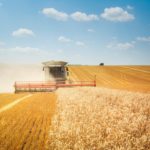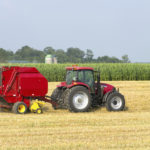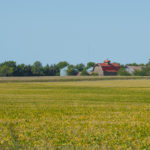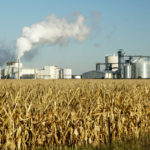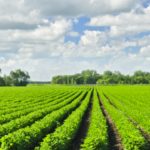High commodity prices can create sticky situations
This spring the Ag Press has been filled with breathless articles about the future direction of commodity prices. “Wheat Hits 14-Year High!” and “How High Can Corn Prices Go?” are two of our favorites. The sad fact is that a war in Europe has historically led to record prices for U.S. commodities (see 1914 and 1939). [Continue]

